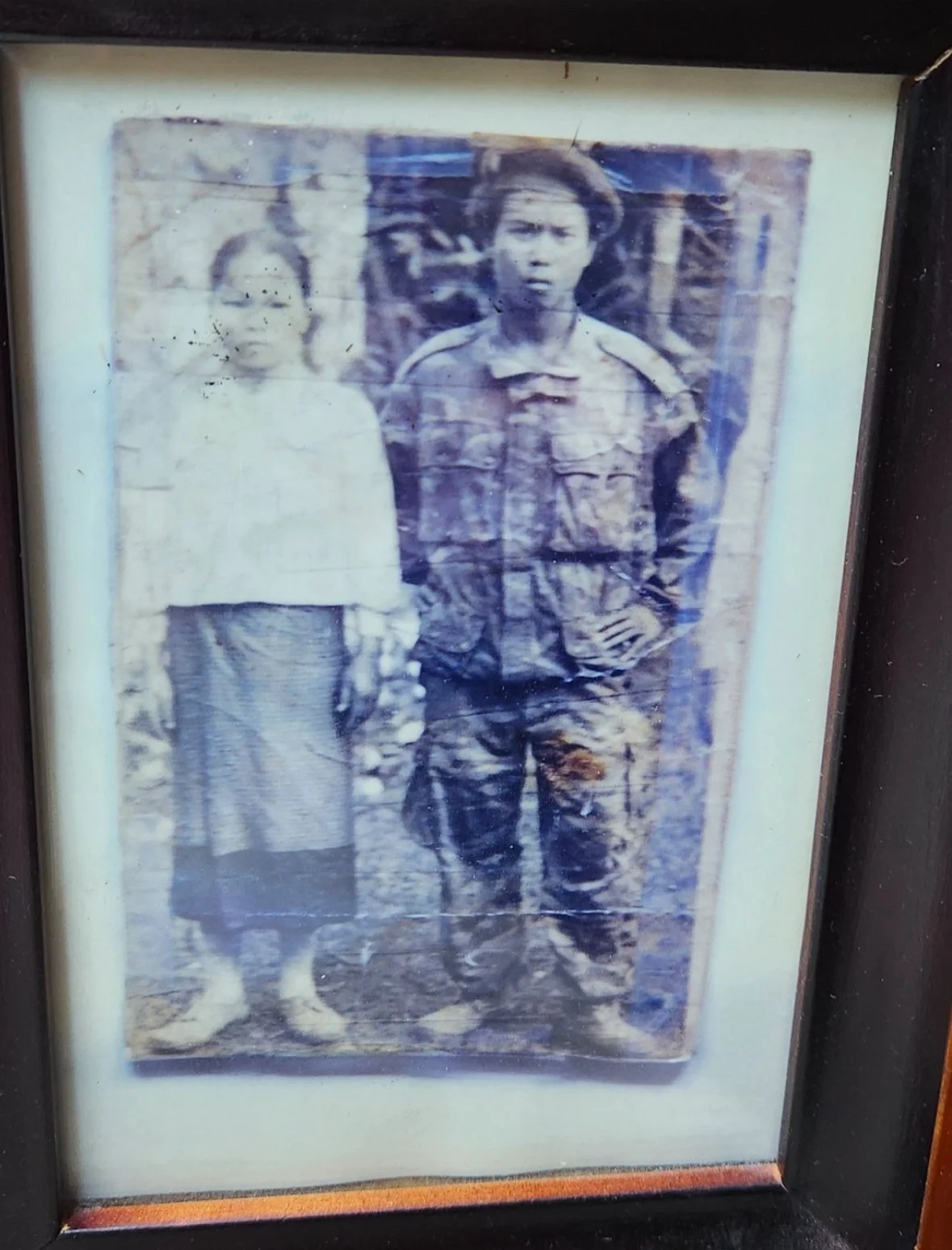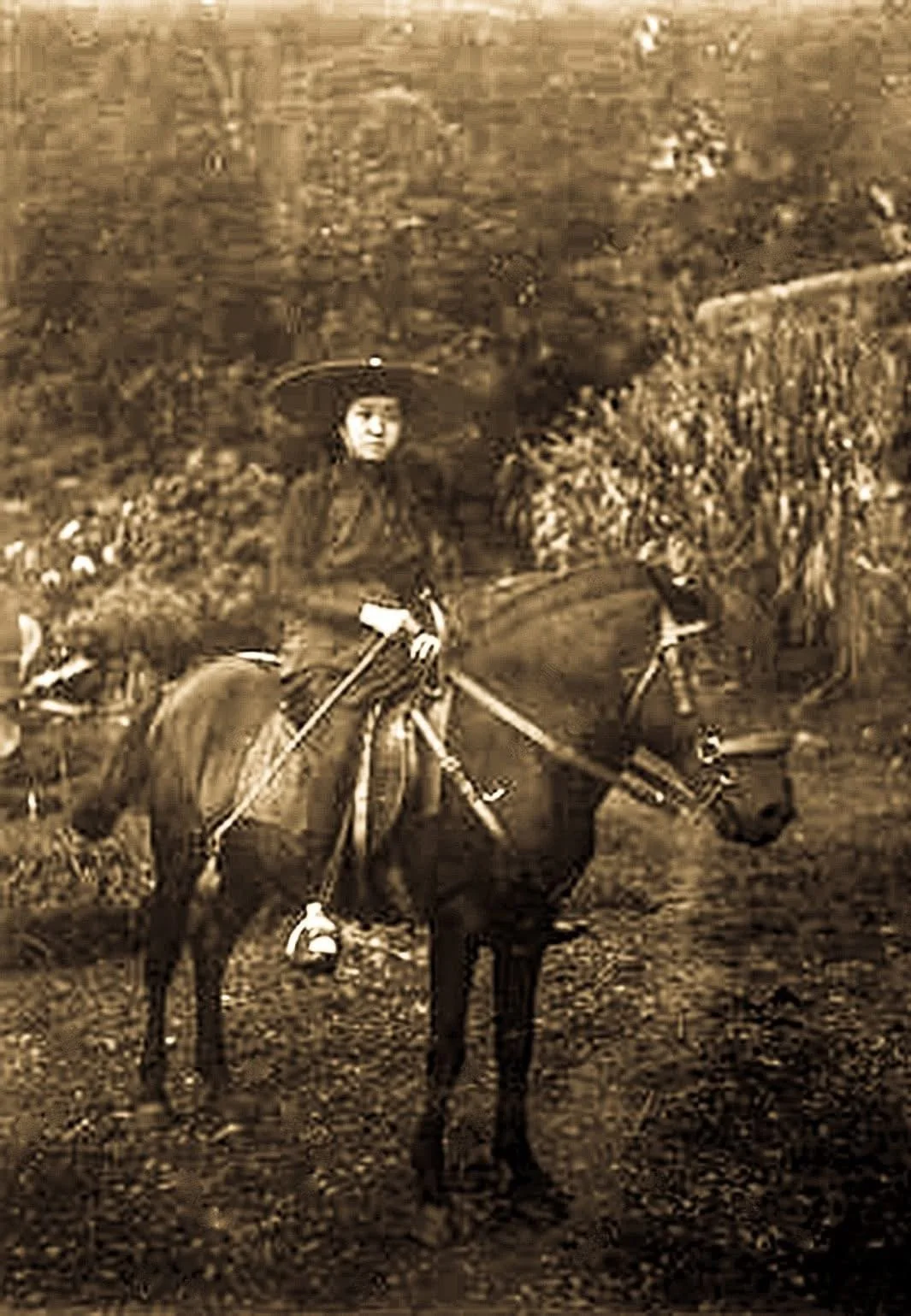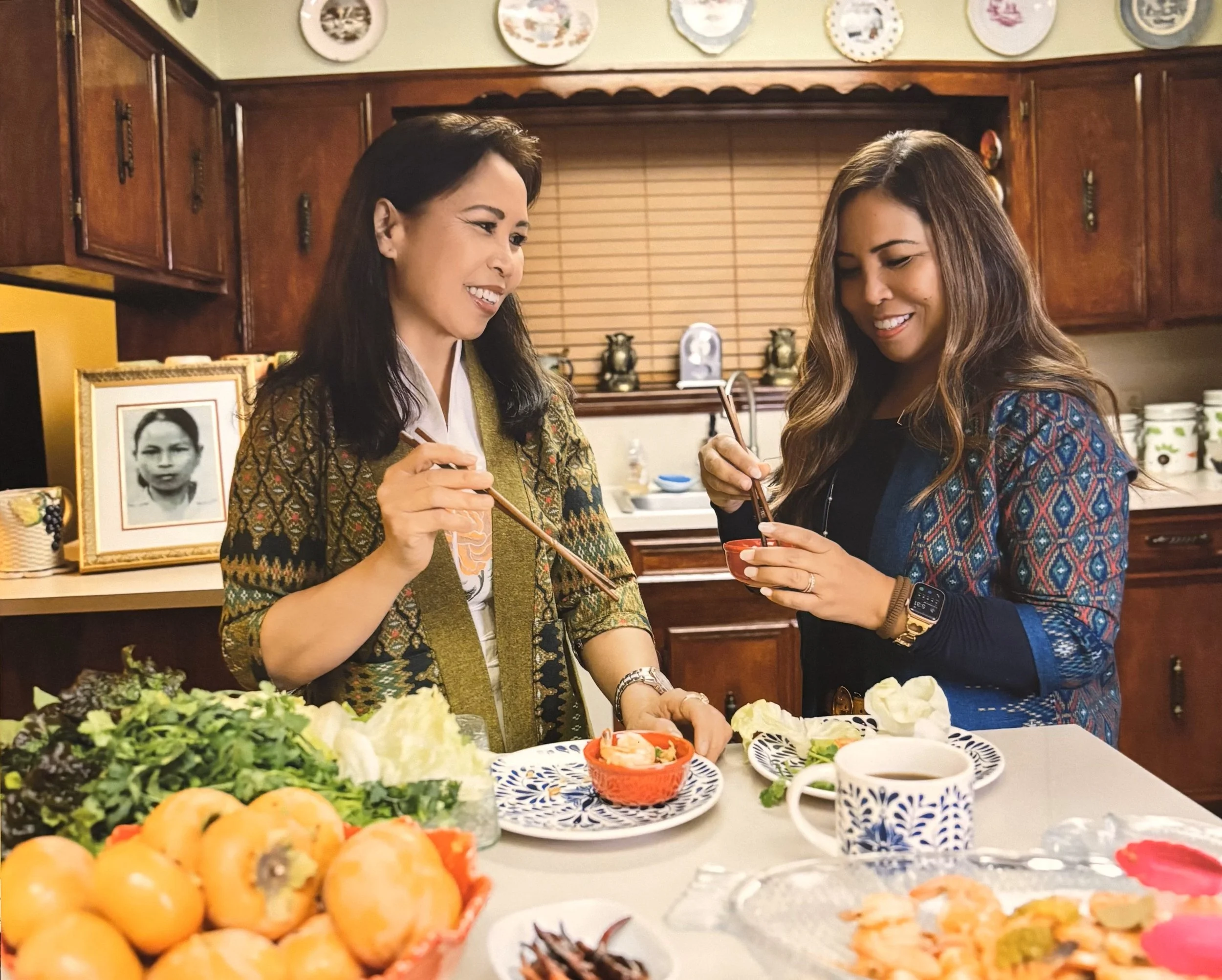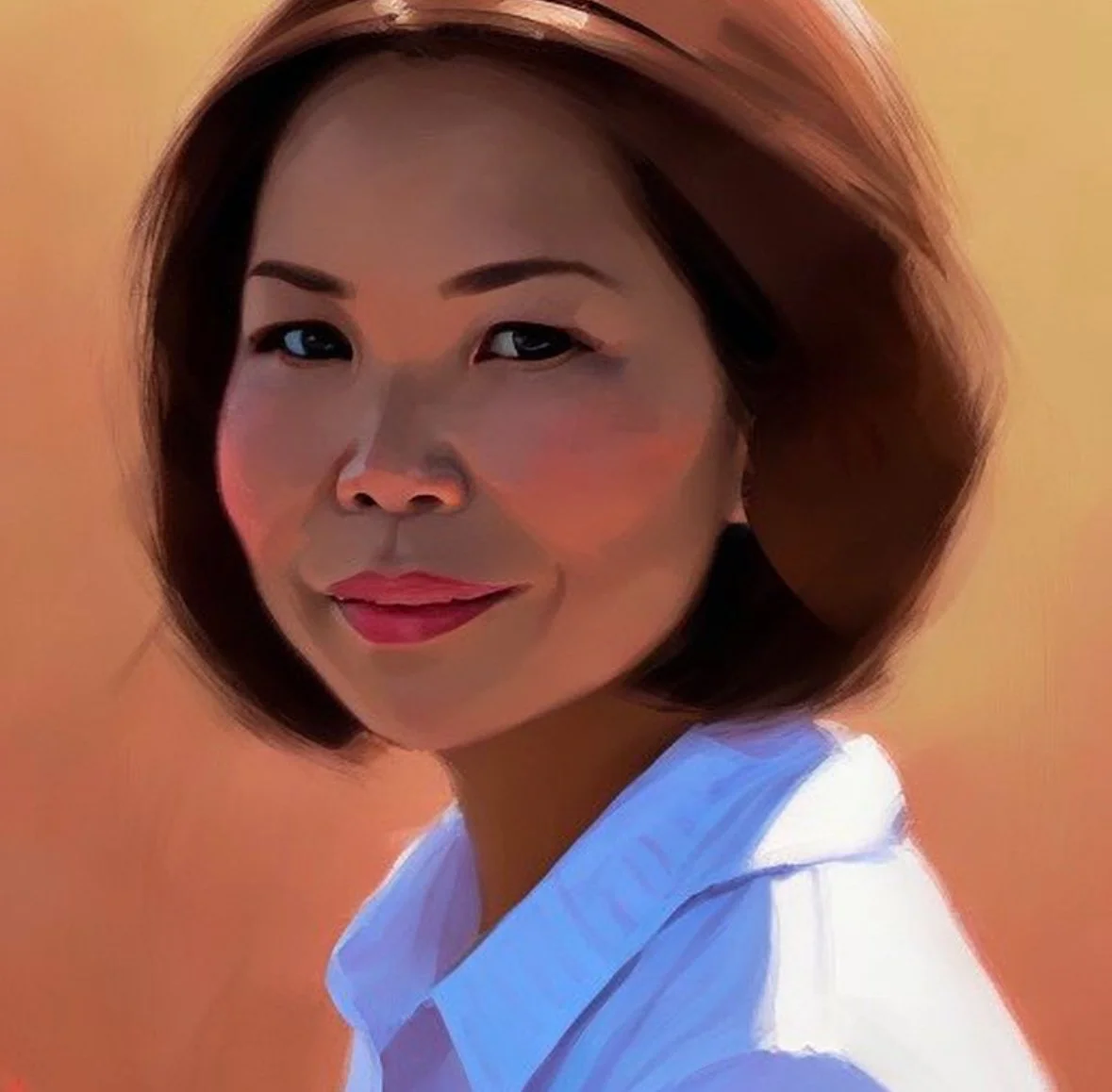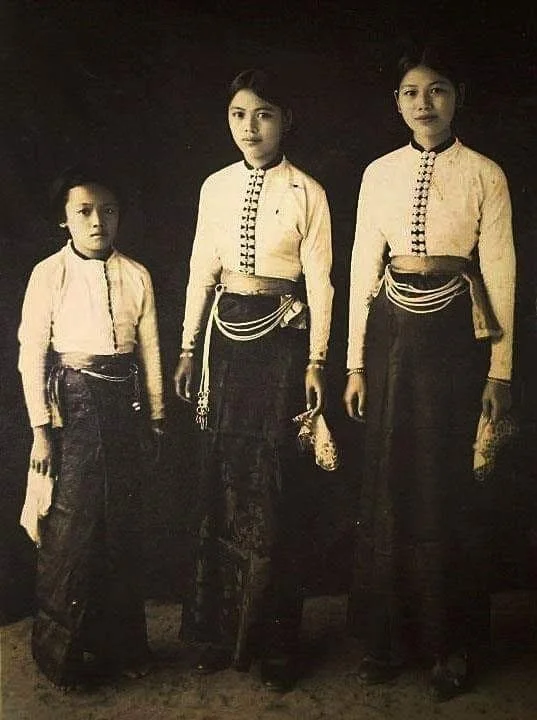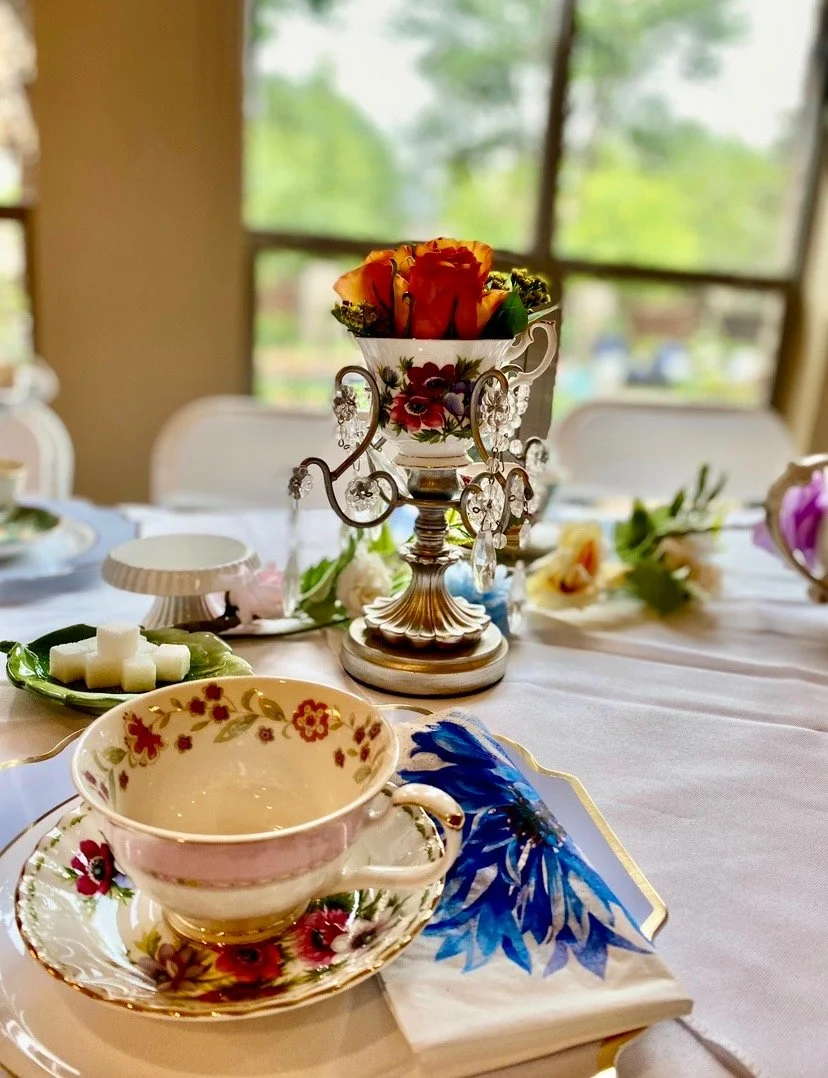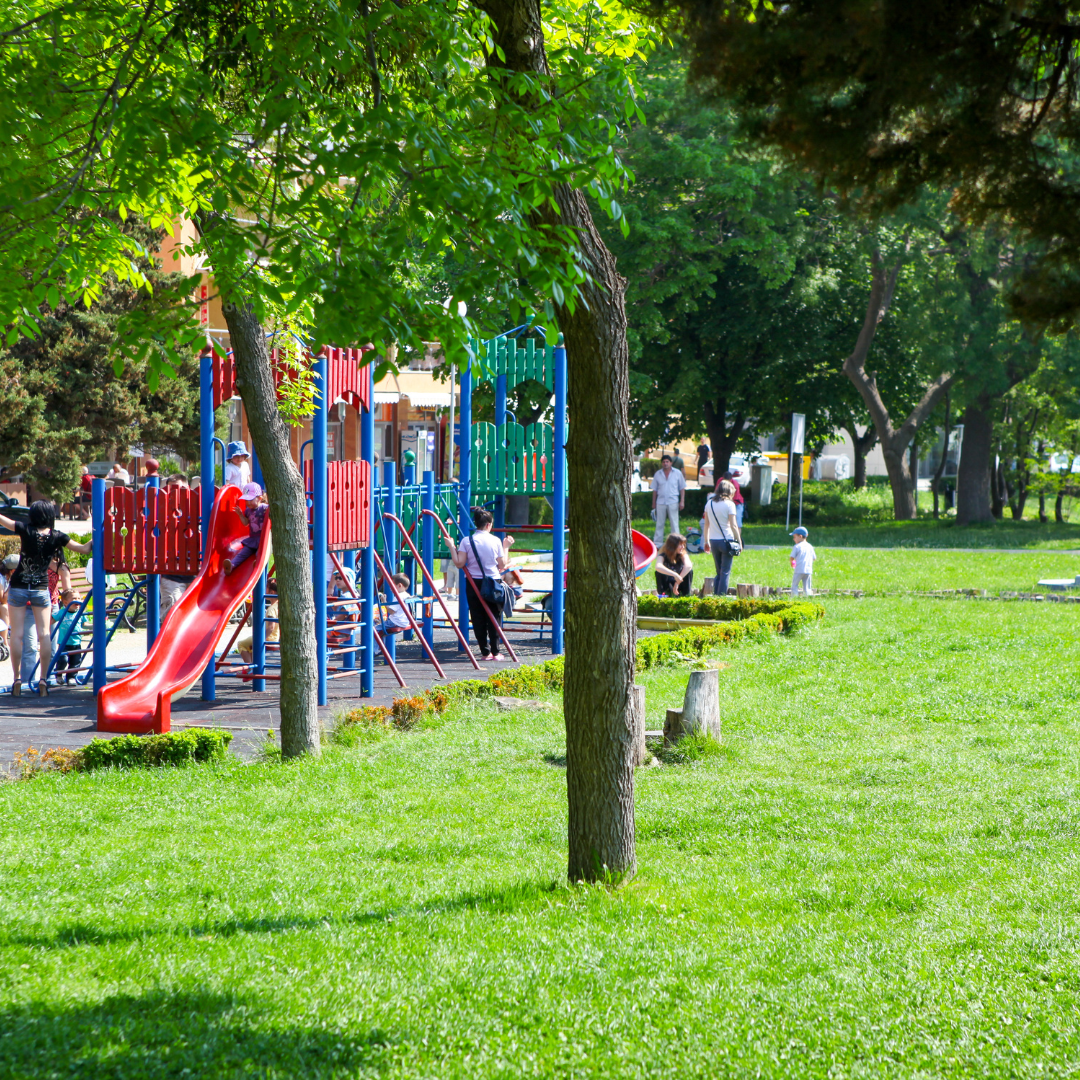Resilience From
East to West
Family Photos
Images from Thailand
History-The East
Our family’s journey began in Thailand, where our father, Bounchan, was born in 1933. He joined the Thai resistance army to fight against the communist movement invading the Northern borders. Later, he was sent to Laos to assist in the fight against the Viet Cong and received training from the American military. During this time, he met our mother, Dy, who was of Tai Dam descent living in Laos after their country had gone through a civil war and resettled in Laos.
The original country of the Tai Dam was Sip Song Chau Tai or the Twelve Tai Principalities. In 1888, they were annexed to Tonkin of Vietnam by the French. In 1948, it was established as a semi-independent state called the Tai Federation under the rule of France. Since 1954, and under the Communist Vietnamese, it has completely lost its identity as a nation, absorbed into the northwestern region of Vietnam. When the French and Tai forces were defeated by the communist Vietnamese in 1954, the Tai administration and their families who opposed the communist insurgents were forced to flee to Laos and some to South Vietnam. Those who resettled in Laos lived there peacefully through 1975 and became known as Tai Dam.
Part of our mother’s family settled in the village of Xian Khoang, Laos. While our father was in Laos, helping to drive out the Viet Cong during the uprising, our mother’s village was tragically bombed. They were unfortunately collateral damage of the heavy bombing that occurred in Xian Khoang.
Our mother, Dy, was born in 1954 and passed away at the young age of 19 in September 1973, just five months after giving birth to me. The cause of death listed on the government paperwork at the refugee camp was “stomach ach.”We may never know the exact cause, but we do know that the lack of doctors and hospitals had a significant impact.
After the bombing in Laos, unfortunately, none of our mother’s family survived except for her sister and herself. During the mass bombing, our father found her hiding, seeking shelter from the communist soldiers. He later took her in and they eventually got married in an arranged union. Perhaps she accepted the marriage because there were no other options during the Vietnam War, and the exchange of marrying a much older man for safety seemed like the best choice she felt she had.
My Mother’s Legacy
My mother’s unwavering sacrifice and the arduous journey she embarked on to provide a better life for us are truly remarkable. Her life was not in vain, and her enduring presence continues to resonate in her grandchildren, particularly in her granddaughter, Isabella, who is 19 this year, the same age as my mother’s passing. Her strength, selfless sacrifice, and death did not extinguish her legacy; instead, they have transformed it. The process of writing this book and uncovering the truth about my mother’s life has strengthened my bond with my daughter. It has brought us closer than ever before. Only God could have orchestrated such a perfect timing. My mother’s redemption is complete. It’s a full circle moment, as death did not defeat her; instead, it has deepened my relationship with our daughter. No longer is her voice silenced and she was seen.
My book, titled “The Journey of Redemption from East to West,” also serves as a testament to my mother’s remarkable transformation and the enduring love that only God could weave into our family. It is a celebration of her legacy and a beacon of hope that transcends generations.
Tai Dam
The Tai Dam are believed to have originated in southern China and migrated to Southeast Asia due to oppression. They were forced to flee their homeland during the war in the region because their community's leadership was allied with the French and Americans. They were driven from Vietnam in the 1950s and then again into Thailand in the 1970s. Their culture and traditions are similar to Chinese Daoism.
During the Indochina War, most Tai Dam allied with the communists. However, some Tai Dam allied with the French and fought against communism. After the fall of Điện Biên Phủ, this anticommunist faction fled Vietnam for northern Laos. By 1955, most Tai Dam moved to Vientiane, the capital of Laos. They worked as domestics, government officials, and soldiers. As communism descended on South Vietnam and Laos, the Tai Dam feared reprisals for their anticommunist past. They evacuated to Thailand and campaigned for sanctuary. Arthur Crisfield, an American language instructor, wrote letters to foreign governments on the group's behalf. In the summer of 1975, Governor Robert D. Ray agreed to resettle the Tai Dam in the state of Iowa. He needed an exemption from President Gerald Ford to bring a large ethnic population to one state. Today, more Tai Dam live in Iowa than anywhere outside of Asia.
Source Wikipedia
The original country of the Tai Dam was Sip Song Chau Tai or the Twelve Tai Principalities. In 1888, this ancient country was colonized and annexed to Tonkin of Vietnam by the French. In 1948, it was established as a semi-independent state called the Tai Federation under the rule of France. Since 1954, and under the Communist Vietnamese, it has completely lost its identity as a nation, absorbed into the northwestern region of Vietnam. Click here to continue reading Tai Dam - Tai Studies Center
Tai Dam, Tai Daeng and Tai Phuan belong to the Tai language family, by far the most significant language in Laos, spoken by 60% of the national population. The Tai Dam migrated from northern Vietnam to Laos 80–300 years ago. They are not Buddhists. Instead, they practice a form of ancestor and spirit worship. Tai Dam are well known producers of fine quality silk and cotton textiles and some women export to overseae markets. Older Tai Dam women still wear the traditional blue indigo cotton shirt, skirt, and black turban woven with colored patterns. They produce rice alcohol, called lao laothat is consumed socially and used for ritual purposes.
Tai Dam settled in upland valleys near streams and irrigable and accessible plains scattered among Lao and Phuan villages. They built rectangular symmetric houses on pilings, with a rice granary under the house. Villages are composed of 15¬60 houses and are not fenced. The people subsist on wet rice, vegetables, poultry, weaving, sewing and hunting.
The ancestors of the Tai Phuan once founded the kingdom of the same name.
Source: Xiangkhouang - Wikipedia
The Secret War in Laos
Operation Barrel Roll was a covert interdiction and close air support campaign conducted in the Kingdom of Laos by the United States military between 5 March 1964 and 29 March 1973, concurrent with the Vietnam War. During the operation, U.S. Air Force 2nd Air Division and U.S. NavyTask Force 77 dropped 260 million bombs on Laos. Click to here to continue reading Operation Barrel Roll - Wikipedia
History of Thailand During the Vietnam War
The subject of a Thai troop withdrawal came up again in March 1970. In a meeting with the U.S. Ambassador, the Thai Prime Minister indicated that in light of continued U.S. and allied reductions, there was considerable pressure from the Thai parliament to withdraw. He stated that "When the people feel very strongly about a situation, the government must do something to ease the situation." Little occurred until the following November when the Thai government announced it was planning to withdraw its forces from South Vietnam by 1972. The decision was related to the deterioration of security in Laos and Cambodia and the growth of internal insurgency in Thailand, as well as the U.S. pullback.[3]: 49 . Click here to continue reading Thailand in the Vietnam War - Wikipedia
Thailand Involvement in the Vietnam War
Thailand and Vietnam have had a complex history, but they did not engage in a full-scale war against each other in the modern sense. However, there were significant conflicts and tensions, particularly during the late 20th century. Click here to continue reading (link not working) https://thevietnamwar.info/thailand-involvement-vietnam-war/
My sister and I with my mother’s photo in the background.
If my mother was still with us today, her redeemed self would look something like this.
Historical Maps
More to Explore
Traditional Clothing
Complete history of migration: https://youtu.be/kkcoqkpytC4
Legend of the silver buttons (from women’s clothes): https://youtu.be/3S-wpcjUskw?feature=shared
The Legend of Kut Piew, Khauw Kut, Kheuay Mia: https://youtu.be/2tgywi1LaXc?feature=shared
History of Muang Theng Kingdom Part 1: https://youtu.be/hXrNwwR9FCc
History of Muang Theng Kingdom Part 2:https://youtu.be/3I3aBOESmi8
Interview growing up in Yen Chau, Vietnam: https://youtu.be/1ueDEd4cBdw
Tai Dam legend of creation Part 1: https://youtu.be/4KBWJ-FtmEI?feature=shared
Tai Dam legend of creation Part 2 & 3: https://youtu.be/FNyX4_ElBjI
The West
Embracing a new culture and finding safety in the West—where children can finally be children, free from the fear of gunshots and warfare, and free to play openly under peaceful skies.
The day I received my U.S. citizenship was one of the happiest days of my life. It meant the world to know I could now travel and adventure freely—with my best friend by my side.
Landing in The USA
"I truly believed Texas was all about megachurches, steakhouses, furniture stores, and cowboys, of course—with John Wayne as the godfather of them all. Here’s one of my sketches


